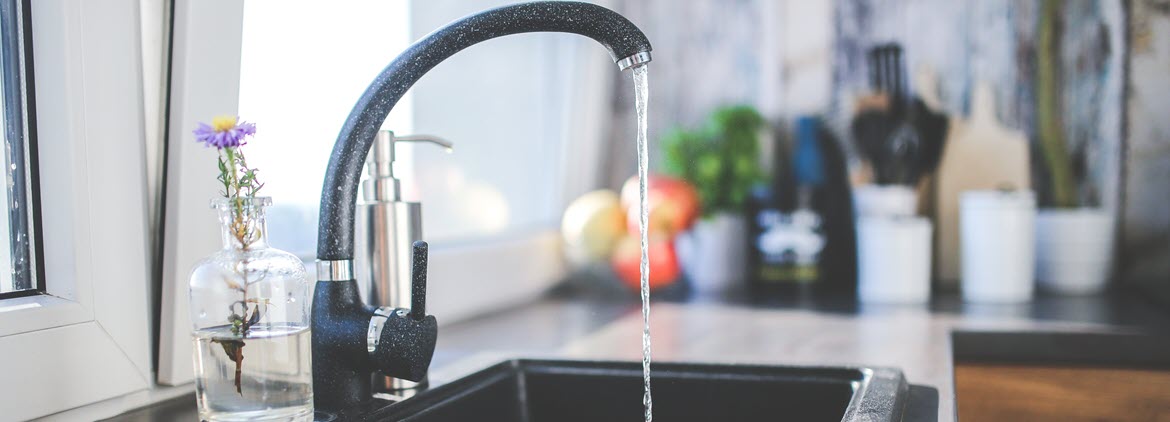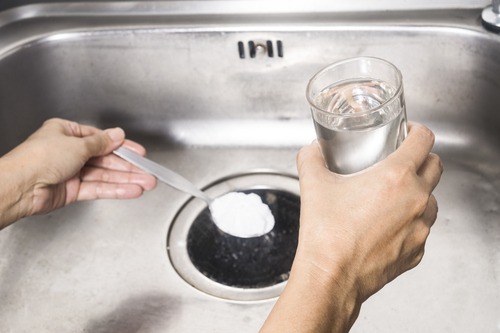Pointers for Managing a Blocked Drain Prior to Contacting Experts
Pointers for Managing a Blocked Drain Prior to Contacting Experts
Blog Article
Just how do you feel on the subject of Tips for Dealing with Clogged Drains and Sewer Lines?

Introduction
Dealing with an obstructed drain can be an aggravating experience, interfering with daily tasks and possibly triggering damage to your home. However, before connecting to pipes specialists, there are actions you can take to attend to the issue yourself. In this guide, we'll explore DIY remedies and safety nets to deal with a blocked drain properly.
Recognizing the Concern
The primary step in addressing a blocked drainpipe is acknowledging the indications. Slow drainage, gurgling audios, foul odors originating from drains pipes, or water backing up prevail signs of an obstructed drain. Recognizing these indications early can assist stop even more issues.
Usual Root Causes Of Obstructed Drains
Recognizing the elements that add to drain pipes obstructions is necessary for efficient resolution. Usual offenders consist of hair, soap residue, oil, food debris, and foreign objects like hygienic products or paper towels. Tree origins invading below ground pipelines can likewise cause significant obstructions.
DIY Solutions
For small clogs, numerous do it yourself options can be reliable. Putting boiling thin down the drainpipe can help dissolve grease and debris. Sodium bicarbonate and vinegar or a mixture of salt and baking soft drink can act as natural cleansers. Using a plunger or pipes serpent to dislodge obstructions is an additional option.
Tools and Devices
Having the right devices on hand can make DIY drain cleaning up more effective. A plunger is a flexible tool for removing obstructions in sinks, commodes, and showers. A plumbing snake or auger can get to deeper blockages, while drain cleansing chemicals can be made use of meticulously for persistent blockages.
Safety nets
To stay clear of future clogs, adopting preventive measures is critical. Install drain guards or filters to catch hair and particles before they go into the pipelines. On a regular basis flush drains with hot water to liquify grease accumulation, and avoid throwing away oil or solid waste away.
When to Call a Professional
While do it yourself services can fix small obstructions, specific indications suggest the need for specialist help. Relentless clogs, foul odors despite cleansing initiatives, or several drains supporting all at once are warnings that necessitate experienced treatment.
Choosing the Right Pipes Service
When picking a plumbing solution, think about factors such as experience, licensing, and consumer evaluations. Pick a reputable plumbing with a record of top quality workmanship and transparent pricing techniques.
Expense Factors to consider
The price of expert drain cleaning company can differ relying on the seriousness of the obstruction and the plumbing professional's prices. Request quotes from several service providers and inquire about any surcharges to make sure transparency and stay clear of surprises.
Safety Measures
When attempting do it yourself drain cleaning, focus on safety. Use safety gloves and glasses to avoid contact with hazardous chemicals or microorganisms. Never ever mix different drain cleaning items, as this can generate hazardous fumes.
Situation Researches
Real-life examples highlight the effectiveness of do it yourself solutions and the relevance of prompt expert intervention in settling drainpipe blockages.
Final thought
By following the ideas laid out in this guide, you can effectively deal with blocked drains and prevent future pipes problems. Whether selecting DIY solutions or looking for expert assistance, punctual activity is key to keeping a healthy and balanced plumbing system and preserving the integrity of your home.
How to Clear a Clogged Drain Yourself (And When to Call In the Professionals)
What Can Clog a Drain
Dirt Skin flakes Hair Grease Soap scum Food Offset pipes Tree roots Small objects Mineral buildup DIY Tricks to Unclog a Drain
You can fix this! Once you have identified the source of the clog (or have a vague idea), you can try one or a combination of these fixes in order to clear your plumbing.
Wire Hanger or Snake
Untangle and clear out hair from a drainpipe with a homemade snake. Use a straightened-out wire hanger with a 90-degree angle hook to locate the clog and drag out any unwanted material.
Remember not to push the clog further down to where the wire hanger cannot reach! If you need to follow up with a plunger, give it a try. Your efforts might be more successful after it’s been wire-snaked.
If you want to get fancy and don’t have a wire hanger to spare, head to the store and pick up a hand-operated drain snake. You can get one for $10-$30. It may save you the hassle, and provide additional length to reach deep into the clogged pipe.
Plunger
A cup plunger has a suction cup attached to a wooden handle. The rubber creates a seal around the drain, and increases the pressure force of the plunger.
Plunge for 30-second increments to loosen the clog. This may need to be repeated over the course of 15-20 minutes. Once plunged, run the water to flush the remaining material out of the drain.
Remember– never use a plunger if you have used a chemical drain cleaner. These chemicals can splash up from the force of the plunger and cause serious injury or burns.
Boiling Water
Hot water can sometimes break up materials into a flushable amount. Dirt, grease, and soap buildup requires heat in order to unstick from surfaces.
Take your kitchen kettle and heat your water to a boil. Once it reaches a rolling boil, pour it directly down the drain into the blockage. Carefully follow with plunging, if necessary.
Don’t worry if this takes more than one try! It can often take multiple kettles and repeated plunging in order to clear a particularly stubborn clog.
Chemical Drain Cleaner
As a last resort, pick up a bottle of chemical drain cleaner. Drain-cleaning chemicals are potent, and not very good for the environment.
You may need to wear protective eyewear in gloves before handling your bottle of chemical drain cleaner. Follow the instructions printed on the bottle, and flush with water as soon as the instructions allow. Do not follow with plunging.
Baking Soda and Vinegar
As a safer alternative to chemical drain cleaner, baking soda and vinegar can create a chemical reaction that clears tough clogs.
Combine one cup of cleaning vinegar with one cup of boiling water, and set aside. Once you have done this, pour half a cup of baking soda down the drain. Give the baking thirty seconds to settle and cover a large portion of the problem drain.
Following the baking soda, pour down your vinegar and hot water solution. Once the vinegar and baking soda combine, the mixture will bubble and fix. Let this reaction fizzle in the drain for about an hour.
After an hour, follow with a kettle’s worth of hot water. The heat and liquid should flush out any remaining material.
When to Call a Plumber
If your DIY attempts haven’t cleared your clog drain, it’s time to call in a professional. It’s not worth losing access to your kitchen sink or high-traffic bathroom. A clog in a vital area can keep you from the things you’d rather be doing, and derail your routine.
Anytime a clog is causing water to spread is a time to call in a plumbing service. What starts out as a little bit of water can quickly grow into serious, expensive water damage.
Additionally, a serious clog can result in burst pipes or serious leaks. Make sure you know when to take it seriously!
https://myguysnow.com/how-to-clear-a-clogged-drain-yourself-and-when-to-call-in-the-professionals/

We hope you enjoyed reading our article on Tips for Dealing with Clogged Drains and Sewer Lines. Thanks a ton for finding the time to read our article post. For those who enjoyed reading our blog posting please be sure to pass it around. Thanks for your time invested reading it.
See Availability Report this page